The UN Committee on the Elimination of Racial Discrimination (CERD) requested Ethiopia ‘to provide information on measures taken to conduct an independent assessment of the negative effects of the construction’ of the Gibe III dam and the Kuraz Sugar Project.
It is to be recalled that another UNESCO’s World Heritage Committee urged Ethiopia ‘to immediately halt all construction on the GIBE III dam’, a few months ago. [Read about it here and here.]
The Gibe III hydropower project, with about 1,870 MW installed power generation capacity, is scheduled to be operational by September 2013. 46% of the project is said to have been completed last June.
The Kuraz Sugar project, on the other hand, is part of Ethiopia’s plan to become self-sufficient in the crop by the end of 2013 and increase production almost eightfold to 2.3 million tons by mid-2015, leaving a surplus for export of 1.25 million tons. The plan involves building six sugar factories in South Omo, southern Ethiopia.
The UN Committee on the Elimination of Racial Discrimination (CERD), however, received ‘information on allegations to the threat to the existence of the South Omo indigenous peoples in southern Ethiopia’ posed by the two projects.
According to the Committee report published this month, the Committee’s Seventy-ninth session, which was concluded on September 2, made the following request to Ethiopia:
‘At its seventy-ninth session, the Committee considered the information on allegations to the threat to the existence of the South Omo indigenous peoples in southern Ethiopia. It expressed concern regarding the construction of the Gibe III dam and the Kuraz Sugar Project, as well as the authorization for a 50-year lease granted to an Indian company on traditional forests belonging to Mazenger indigenous and other indigenous peoples of Gambella. In a letter dated 2 September 2011, the Committee requested the State party to provide information on measures taken to conduct an independent assessment of the negative effects of the construction of the two above-mentioned projects on the livelihood of the South Omo peoples and measures taken to consult them in an effective and appropriate manner.’
A few news outlets claimed that the Committee gave Ethiopia a January 2012 deadline. However, the quote above is the only statement in the document regarding Ethiopia. Though the document provides varying deadlines for other countries, there is no way to infer Ethiopia’s deadline, if any. [You can download and see the document here.]
Following news reports about the Committee’s letter to Ethiopia, A Week in the Horn of Africa, the weekly press release of the Ethiopian Ministry of Foreign Affairs, Oct. 28, 2011 issue, commented on the matter.
Pending my commentary on the matter, I posted here the article by A Week in the Horn of Africa.
****************
Gilgel Gibe III and clean, green energy
Survival International is continuing its campaign to prevent Ethiopia developing its clean energy resources and “green power” schemes planned under the current Growth and Transformation Plan. It has now persuaded the UN Committee on the Elimination of Racial Discrimination (CERD) to ask for evidence that assessments of the impact of the Gilgel Gibe III dam were carried out and that people in the region were consulted before the project started. Earlier, two other advocacy organizations, International Rivers, and Friends of Lake Turkana, using the preliminary draft of an African Development Bank document persuaded the UN World Heritage to call for a halt to the project. In fact, the final draft of the African Development Bank’s Assessment of Hydrological Impacts of Ethiopia’s Omo Basin on Kenya’s Lake Turkana Water Levels came to largely positive conclusions. As we have noted before, the report did not find a threat to productive fishing areas; it rejected concerns about seepage from the dam; and it concluded that once filled the dam would not cause lake levels to fall. Irrigation is not an element of Gilgel Gibe III which is a power generation project, though the regulation of the flow will allow for some downstream irrigation. This will also, of course, play a major role in breaking the cycle of food shortage, droughts, floods and dislocation which have persistently affected the river basin.
The claim that Gilgel Gibe III will have devastating social and environmental effects on the Lower Omo Valley and the Lake Turkana region is no more than an assertion. The possible impacts have been addressed in detail in the Environmental Impact Assessment studies already carried out. The project was thoroughly studied by local and international experts. The conclusions were that it was economically valuable and environmentally friendly, and it would contribute positively to the river’s flow. The discharge and the input of the other streams will allow for the maintenance of the downstream ecology during water harvesting phases. The dam will not dry up or destroy the ecosystems all the way down the Omo Valley to Lake Turkana nor will it deal a fatal blow to the lake or make life impossible for hundreds of thousands of fishing families and pastoralists who use the lake. Regulation of the flow will prevent rather than create “water wars”, and the provision of roads, health clinics, schools and other developments will improve life for those living in the Lower Omo. It is mere hysterics to call these plans “banishing half a million people to a hydrological hell”.
Whatever the intent of the critics of this, or similar, projects, they have clearly made no effort to see the undoubted benefits of the proposed development: enhancement of clean, green, energy resources, provision of a rural electrification program, building of health clinics, schools and roads, regulation of the river’s flow and avoidance of disastrous floods, eco-tourist development and environmental education, job opportunities, flood controlled agriculture, and regulation of the Omo River, and of Lake Turkana. The Environmental Impact Assessments will ensure these effects will benefit the people and play a valuable and useful role for the development of the region.
The government is very well aware that it is responsible for the provision of social welfare and protection for all citizens as well as for creating a conducive socio-economic environment for development. It is answerable to the voters who gave it this responsibility in the elections of 2005 and 2010. It is trying to build sustainable economic growth to benefit all the citizens of the country. One of the major elements of this are the hydroelectric projects, a number of which are now under construction, including Gilgel Gibe III. That this has become a focus of negative campaigning among groups who are using the people of the area and of Lake Turkana as a pretext to meddle in Ethiopia’s affairs is regrettable. It is depressing to see people oppose either this project, or Ethiopia’s development, without making any effort to understand the context or the necessity of its development activities.
Ethiopia is building an economy based on internal available resources, notably its water resources. Gilgel Gibe III Power Project will help the country achieve its rural electrification objectives and generate foreign exchange through the export of power to neighbouring countries. This will also serve as a catalyst for the enhancement of regional economic integration. As already noted it also offers employment generation, environmental improvement, infrastructural development, new social activities and better health conditions correlated to social growth in the project area. Gilgel Gibe III Dam is situated in a deep gorge of Omo River, in a largely uninhabitable and uncultivated area. It will provide enormous benefits to local communities in surrounding areas. In addition to the advantages arising from regulation of the river mentioned above, it will also provide for improved living standards by introducing small scale irrigation schemes and modern fishing production as well as clean water and electricity supplies and jobs. Additional elements will include community awareness programs, cooperative support programs, agriculture in-service training programs, coordination measures for food, conflict prevention and resolution training programs, and Woreda-level-institution strengthening activities.
The government fully respects the cultures, customs, religions and life styles of all its nations, nationalities and peoples. They are, after all, enshrined in the constitution. At the same time it is determined to continue to register sustainable economic development and fulfil the socio-economic needs and desires of the people rather than continue to ignore these in favour of the romantic anthropological view of an under-developed tribal lifestyle. Indeed, the government’s plans and the facilities it is developing are “infinitely more environmentally and socially responsible” than the projects and protests of ill-informed western critics.
***************
Re-Publishing items from A Weeks in the Horn, the weekly press release of the Ministry of Foreign Affairs, do not necessarily imply an endorsement of the the claims and arguments therein by this blog.
Related: Pastoralists: Resettlement an option? | Ethiopia
See the Gibe III dam archive OR check the the drop-down menu at the top of this page for related news and analysis.
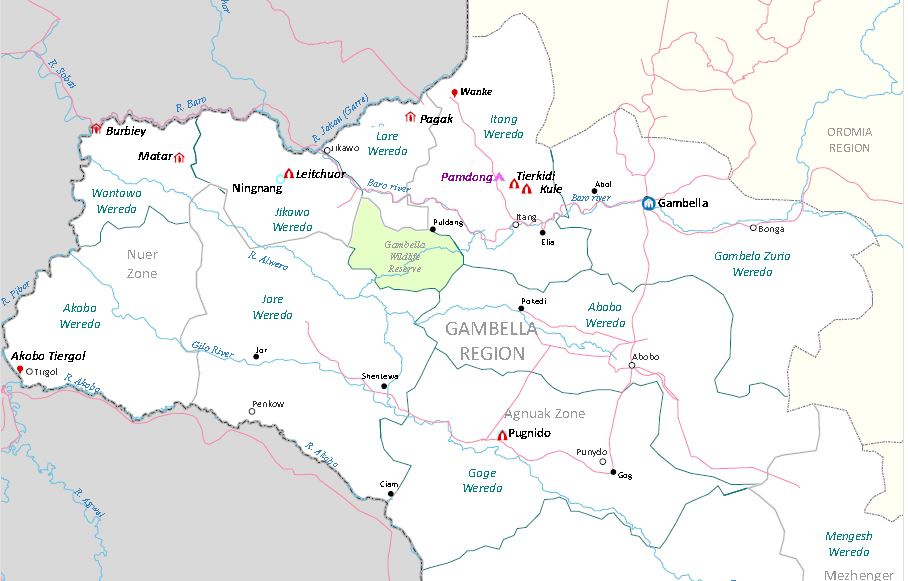
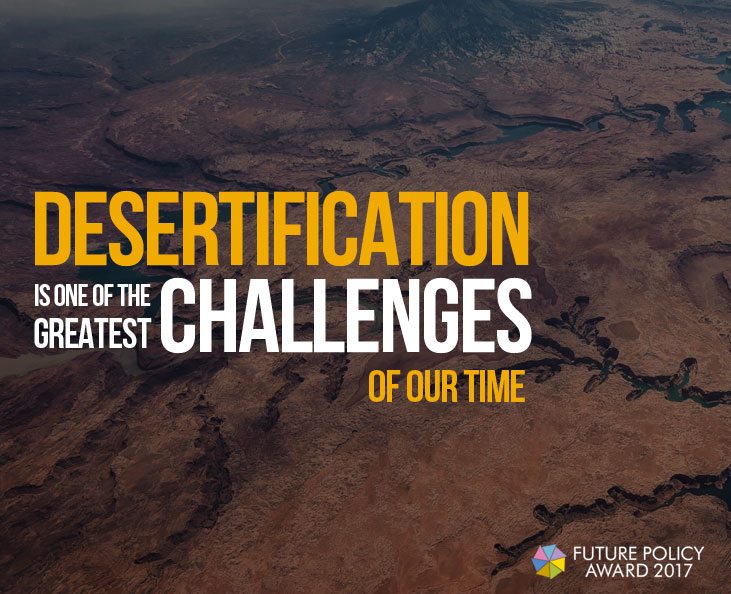
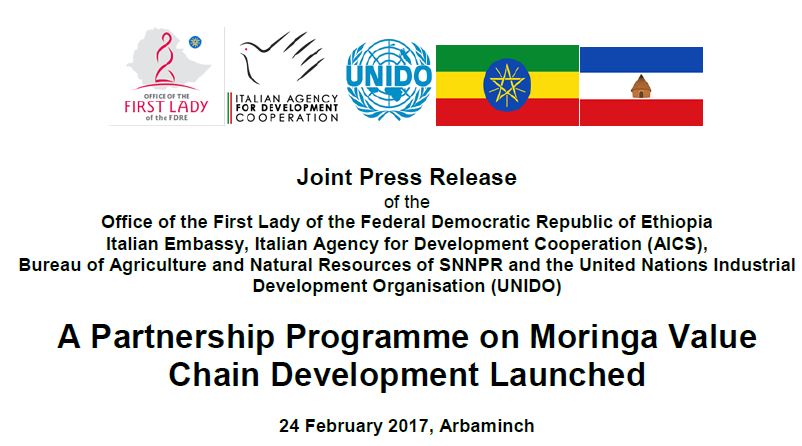
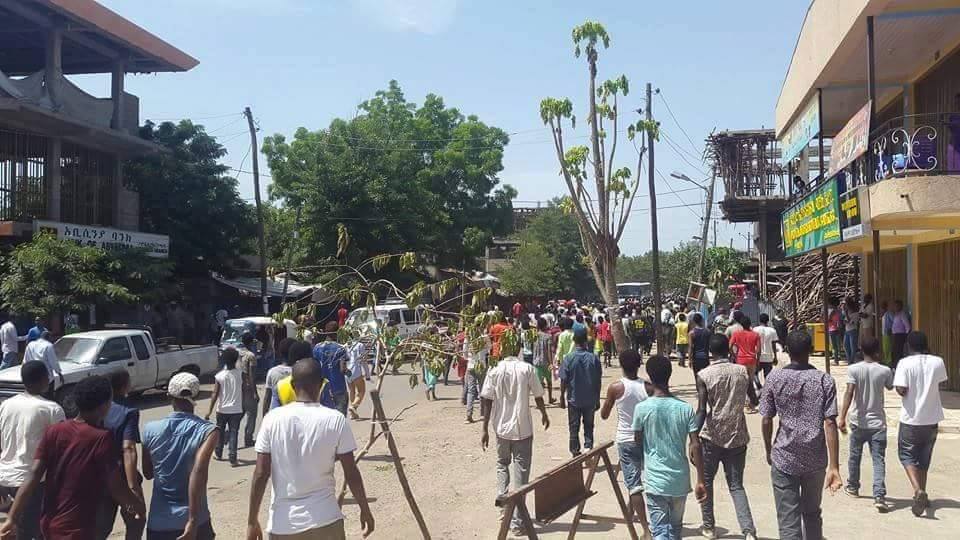
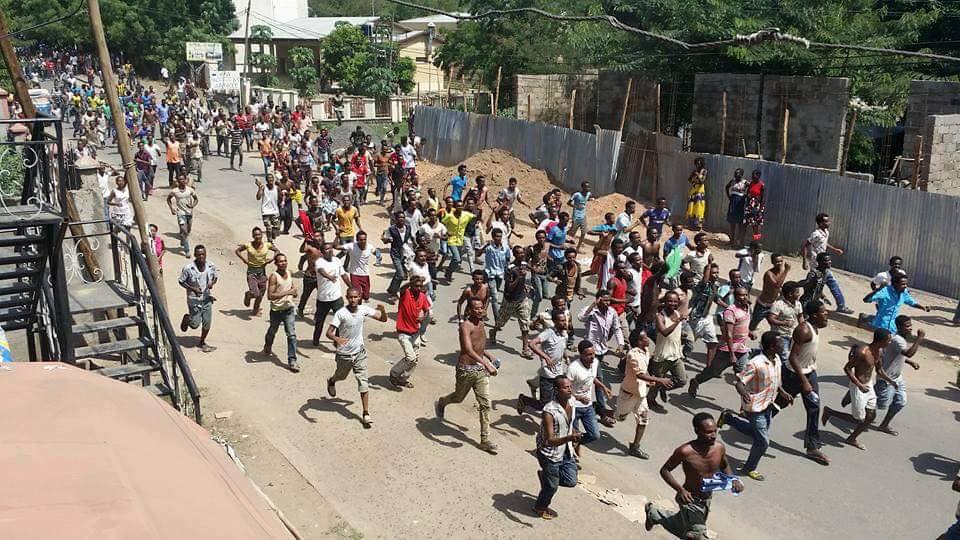
Want say hi to everyoneAre we allowed to email this to our list